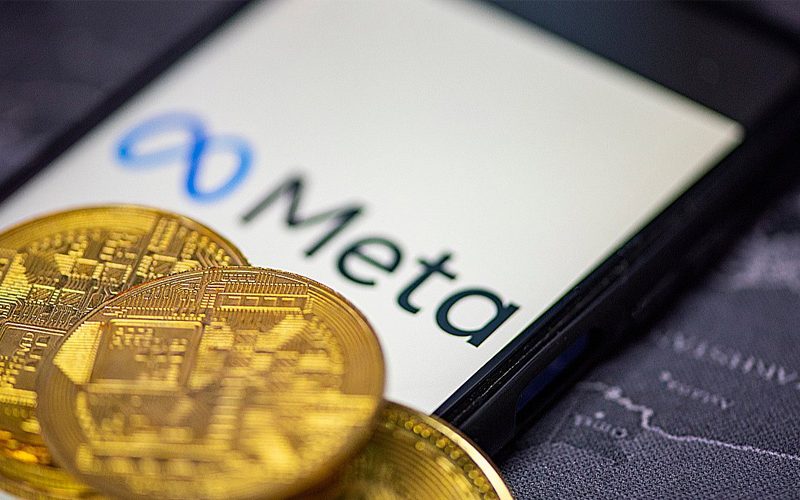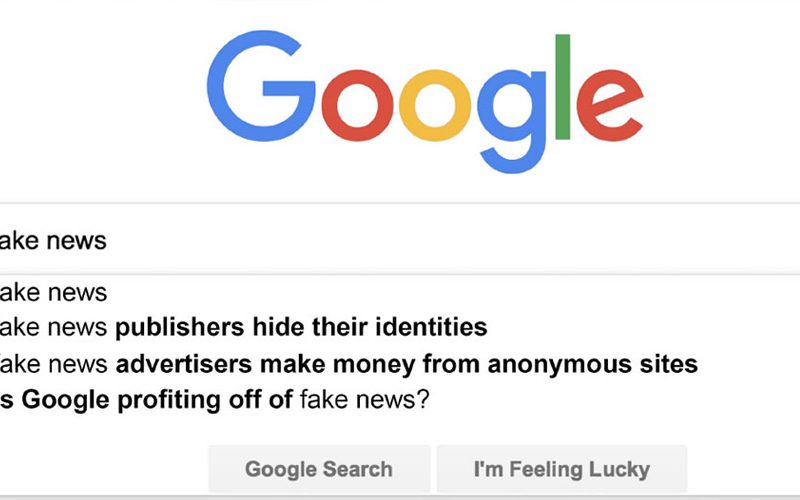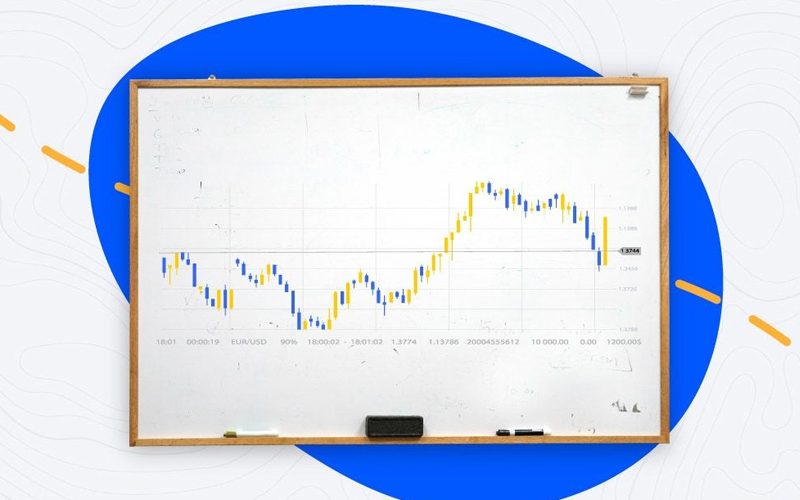Facebook and Twitter will soon become obsolete thanks to new blockchain developments and technologies.
Web2 companies, primarily Meta (Facebook) and Twitter, rule the social media landscape of today. The businesses gather information from countless people, and they make billions of dollars from user-generated content. While it benefits businesses and their stockholders, normal users and skilled content creators must pay a price. However, decentralized social media, also known as Web3, is expected to put an end to that outdated model in the near future by giving consumers back control.
Users on centralized platforms like Facebook, Instagram, and Twitter are at the whim of the platform owners, who enforce compliance with their platform policies. Users risk instantly losing followers they have spent years gaining and the content they have published so far if they disobey. The ex-President Donald Trump’s ban from Twitter is a well-known illustration. You can disagree with Trump’s beliefs, but the millions of users who make Twitter so valuable were not considered in Twitter management’s decision. It demonstrated how little influence Web2 users have on Twitter’s content-related decisions, despite the fact that they are the ones generating value for the business. Web2 companies have been criticized for having “walled gardens,” which is another issue. If you have one million Instagram followers and wish to create a YouTube account, you must do so from scratch. Since your audience is linked to the various platforms rather than to you, there is no way to transfer them. Even sites run by the same corporation, like Facebook and Instagram, are subject to this rule. In order to decrease the number of middlemen, build an open ecosystem, make new types of monetization possible, and give people more control over both their followers and their content, Web3 has developed solutions. What may displace the social media industry on Web2 has been introduced by a number of platforms. They consist of DeSo, financed by Andreessen Horowitz, and the Lens Protocol developed by the Aave team. Both are designed to house social media applications that are not controlled by a central authority. Lenster, Phaver, Iris (a decentralized Twitter service), and LensTube are just a few of the live applications they already have (decentralized YouTube). What is the process? For instance, consumers of Lens can use a nonfungible token (NFT) to connect their followers and content to a cryptocurrency wallet. They have cross-platform access to their followers, obviating dependencies on any particular platform. When a person posts something, it is immediately shared on all the platforms they utilize. They have the same number of followers on all platforms since their followers are all connected across the platforms. Consumers do not have to start their audience-building from scratch if a new platform is introduced. Having an account linked directly to the internet as opposed to Facebook’s exclusive walled ecosystem is what it means to have a Web2 account. Users have the option to directly monetize their work using Web3 social media, as opposed to relying on advertising as an income source. The incentive system encourages people to generate far better material. It is streamlined by giving content creators the option to establish a cost for “collecting” their postings or for following them. The money then goes straight to the creator rather than the platform. Some detractors claim that because Web2 companies have such a head start, Web3 social would never be able to catch up. But in reality, huge content creators will make the switch and take their viewers with them because the advantages of decentralized social media are so significant.
Because the corporate platforms would no longer enable them to publish their content, there are already numerous examples of well-known influencers who create their own social media networks. A clear solution is provided by Web3 for the growing number of people who have been barred from Web2, whether it is about possessing control over their own followers and content or simple methods to get money off of their labor. NFTs that are simple to use will connect everything. Better than anything we could have imagined in the past, blockchain technology is giving us a social media environment where users, not platforms, are rewarded.







